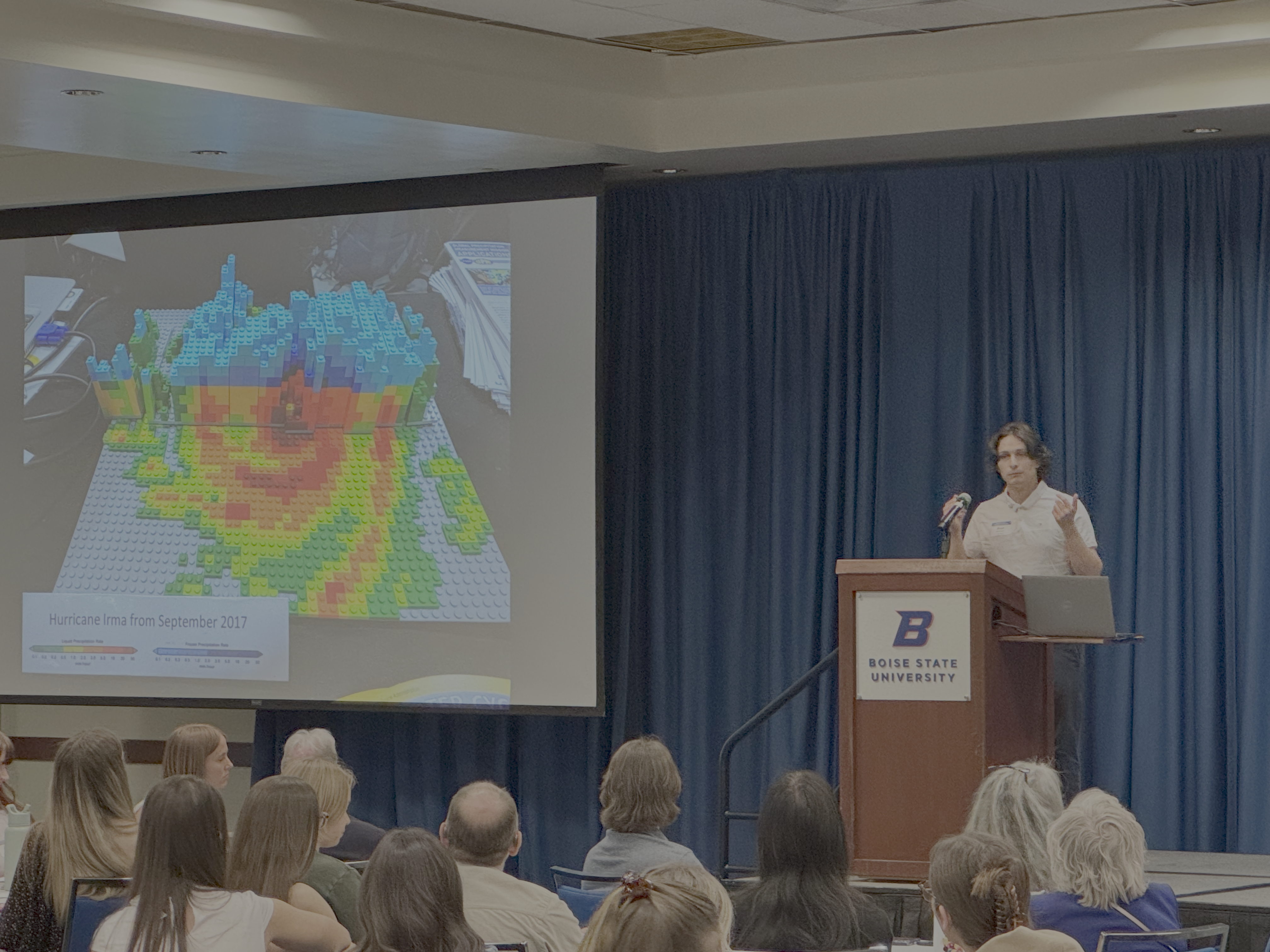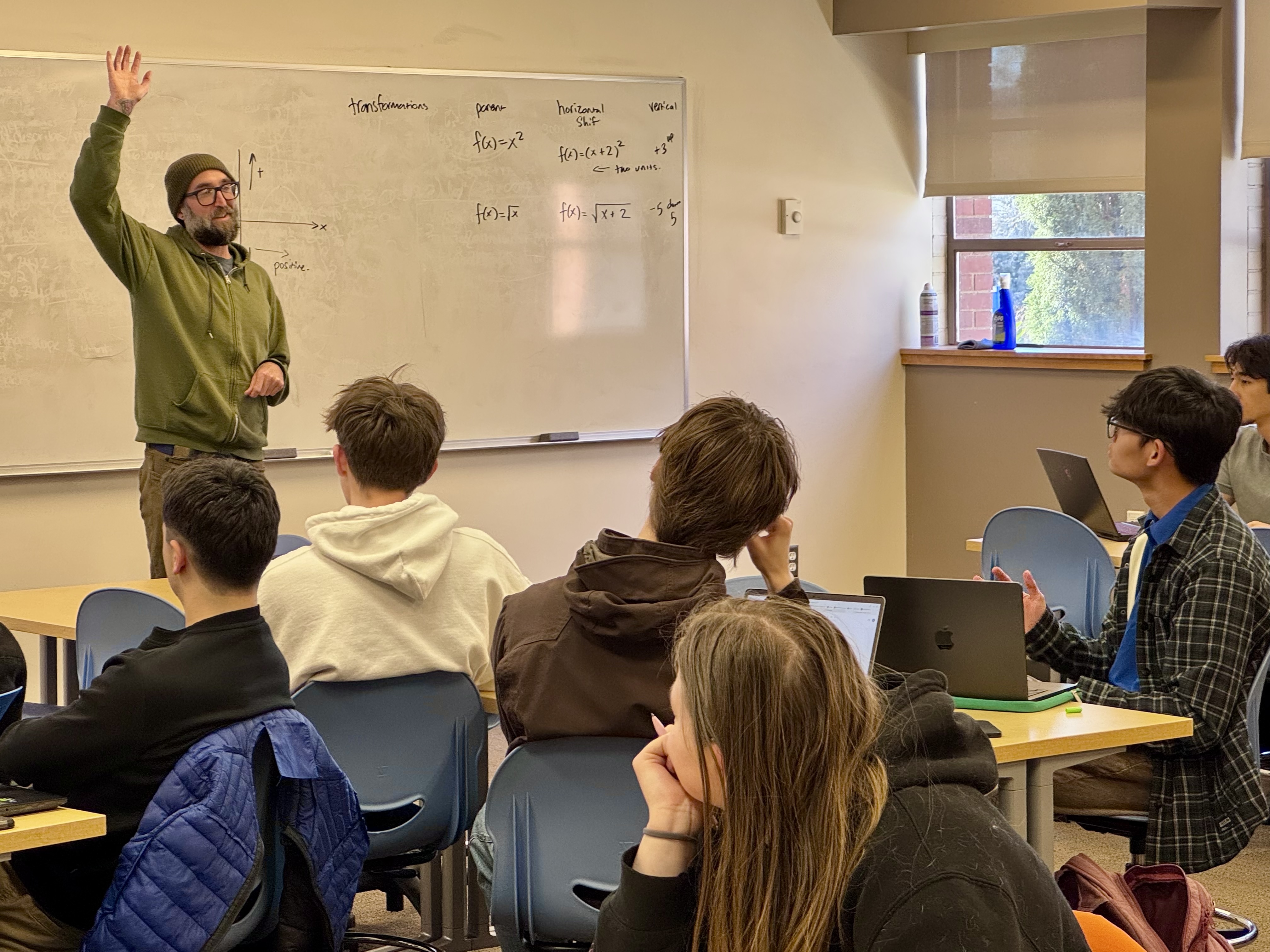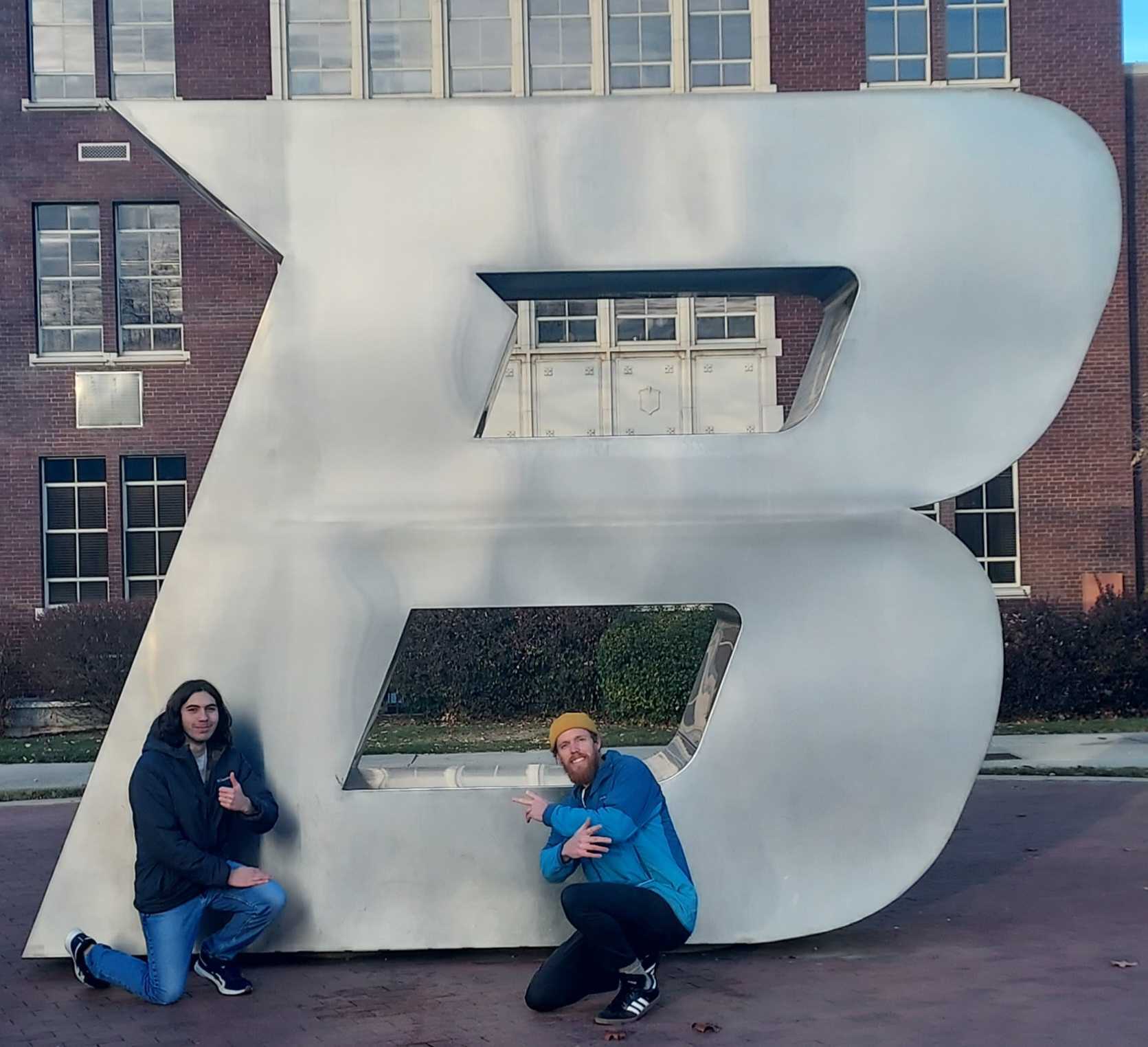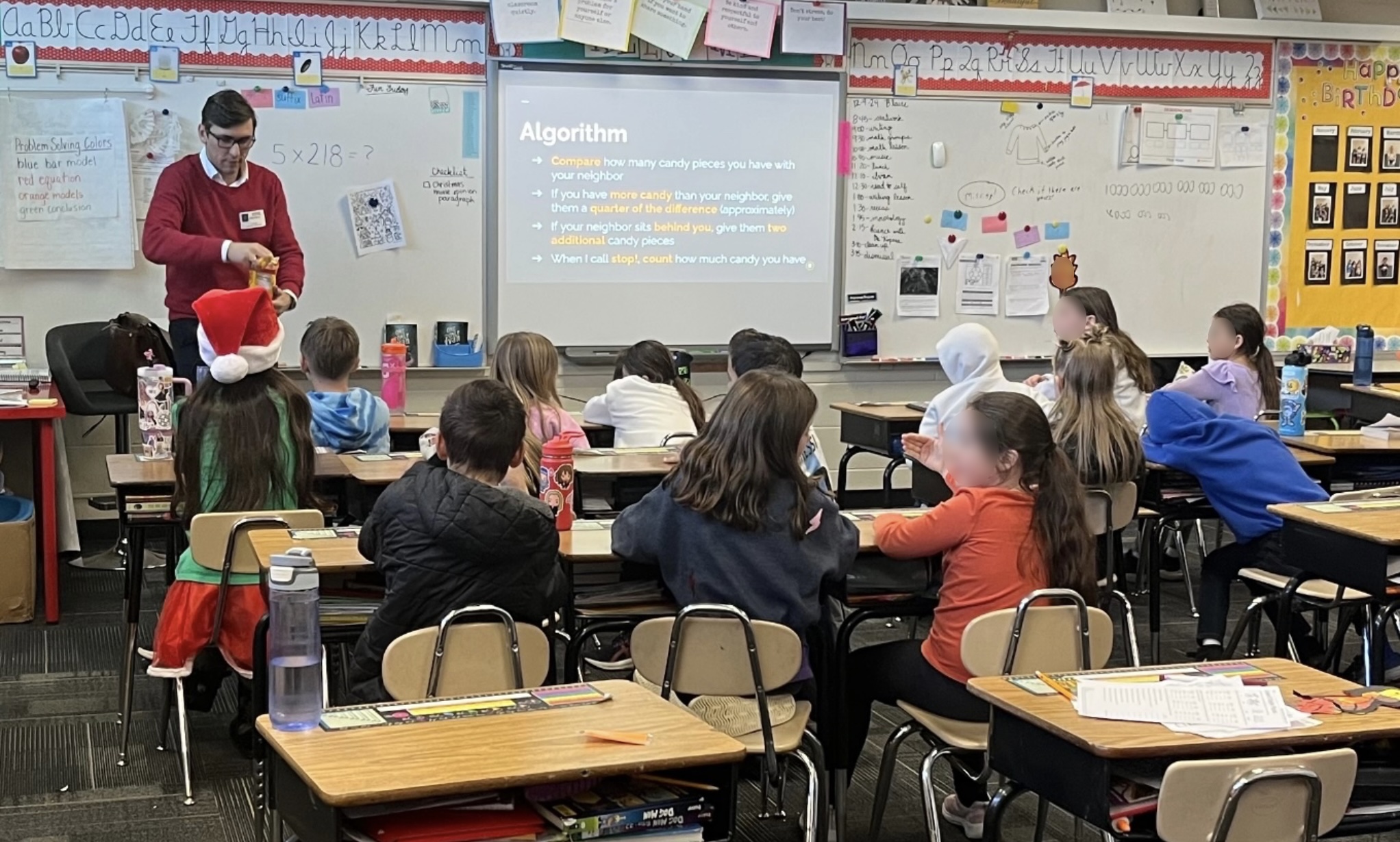Yesterday, over 200 passionate undergraduate researchers gathered for the Undergraduate Research Showcase, a vibrant event highlighting innovation, creativity, and interdisciplinary excellence from across our campus. Students representing a wide range of disciplines—from Mathematics and Engineering to Psychology, Graphic Design, Nursing, Liberal Arts, and Visual Arts—shared their groundbreaking projects, demonstrating the rich tapestry of ideas emerging from the minds of our young researchers.

Math Takes Center Stage
Opening the prestigious Lightning Talks session, senior math student Bren Becerra captivated a diverse audience with his presentation, “Painting with Math: How Adaptive Mesh Refinement Solves Equations Smarter.” His talk illustrated complex mathematical concepts of numerical methods and adaptivity using an accessible analogy of Lego blocks. Bren skillfully demonstrated why adaptive higher resolution, akin to selectively using smaller Lego pieces for intricate details, is crucial for efficiently solving equations in mathematical modeling. A standout example is a hurricane, which needs to be accurately represented in a simulation to predict its intensity, time of arrival, and the extent of the storm surge flooding. Still, we need this resolution only around the moving hurricane and not everywhere in the simulation domain.
Bren’s presentation stood out because of its clarity, creativity and its ability to communicate sophisticated mathematical research to a public from a broad spectrum of backgrounds.
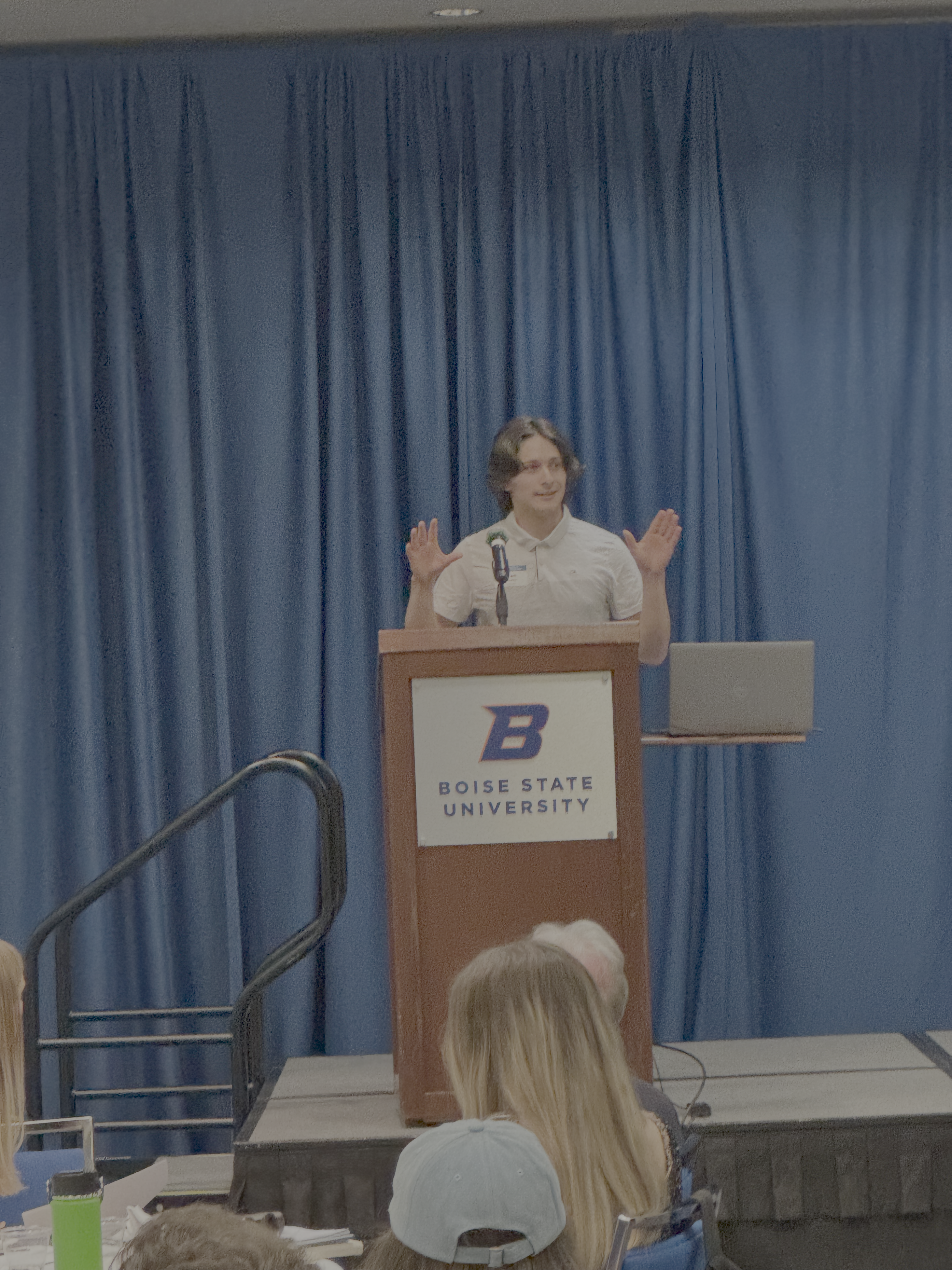
Showcasing the Value of Mathematical Research
Events like the Undergraduate Research Showcase often see math underrepresented, yet Bren’s compelling presentation highlighted the importance and versatility of mathematical thinking. His engaging approach underscored how mathematics can be intuitive, visual, and deeply connected to solving real-world problems.
I was inspired by Brennan’s ability to paint the picture of why this math is important to society, and I stood proud among fellow faculty members who expressed their admiration for his talk and perhaps a bit of surprise at the ease, elegance, and charisma with which he delivered it. After all, this kind of “Math for the masses” talk does not happen often.
Bren’s impactful presentation marked a proud moment for mathematics at Boise State. It not only represented the high quality of undergraduate research but also reaffirmed the critical role mathematics plays in interdisciplinary innovation. We need more representation at those kinds of events, if only to demystify the perceived challenge of pursuing Mathematics as a career and attract students to our program.

